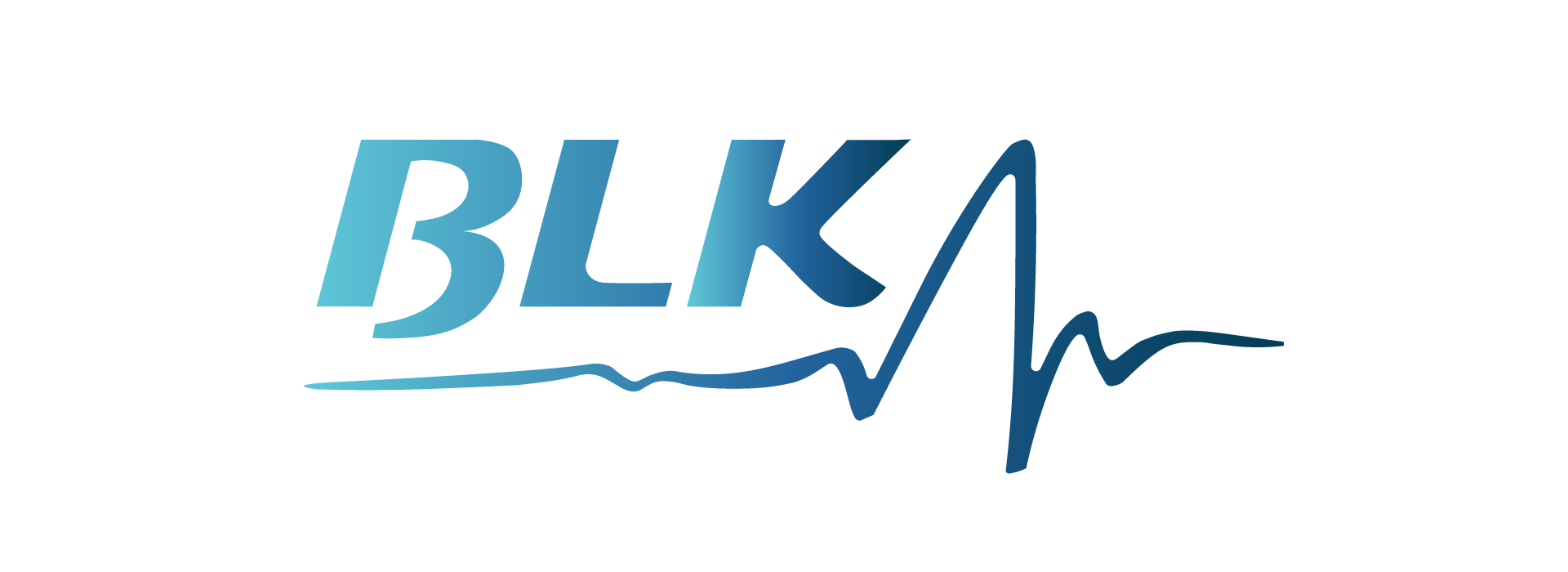Accurate claim submission is a critical aspect of healthcare administration. It ensures that providers are reimbursed for their services without unnecessary delays or denials. However, claim errors can disrupt this process, leading to financial losses and administrative headaches.
In this guide, we will explore the common causes of claim errors and provide practical tips and best practices to help healthcare providers reduce these errors.
Understanding Common Claim Errors
Typographical Mistakes
Simple typing errors, such as misspelled names or incorrect numbers, can lead to claim denials. These mistakes are often easy to overlook but can have significant consequences.
Incorrect Patient Information
Errors in patient details, such as wrong dates of birth or insurance ID numbers, are common. Ensuring that patient information is accurate and up-to-date is crucial.
Coding Errors
Incorrect or outdated medical codes are a frequent cause of claim rejections. This includes both ICD-11 and CPT codes, which must be used correctly to reflect the services provided.
Missing or Incomplete Documentation
Claims that lack necessary documentation or have incomplete information can be delayed or denied. Proper documentation supports the services billed and is essential for claim approval.
Impact of Claim Errors on Healthcare Providers
Financial Implications
Claim errors can lead to delayed payments or outright denials, affecting the financial health of a healthcare practice. Re-submitting claims and appealing denials consumes resources and can strain cash flow.
Administrative Burden
Addressing claim errors requires time and effort from administrative staff, diverting attention from other important tasks and increasing the overall workload.
Patient Satisfaction
Errors in billing can frustrate patients, leading to dissatisfaction and potentially harming the provider-patient relationship. Accurate claims contribute to a smoother patient experience.
Best Practices for Reducing Claim Errors
Staff Training and Education
Regular training sessions for staff on the latest coding updates and documentation standards can significantly reduce errors. Education should be an ongoing process to keep up with changes in the healthcare industry.
Utilizing Technology and Software Solutions
Investing in advanced claim management software and electronic health records (EHR) systems can automate many aspects of the claim submission process, reducing human error.
Implementing a Double-Check System
Establishing a protocol where multiple staff members review claims before submission can catch errors that a single individual might miss.
Detailed Tips for Accurate Claim Submission
Ensuring Accurate Patient Information
Verify patient details at every visit and ensure that the information matches the records on file. This includes checking insurance information, contact details, and personal identification.
Proper Use of Medical Codes
Stay updated on coding guidelines and ensure that all codes used in claims accurately reflect the services provided. Utilize coding manuals and software to assist in this process.
Comprehensive Documentation Practices
Maintain thorough and complete documentation for all patient interactions and procedures. This documentation should be easily accessible and support the services billed.
Role of Technology in Reducing Claim Errors
Electronic Health Records (EHR)
EHR systems streamline the process of recording and retrieving patient information, ensuring that data is accurate and consistent across all claims.
Claim Management Software
Specialized software can automate many aspects of the claim process, from coding to submission, reducing the likelihood of human error.
Automation Tools
Automation tools can handle repetitive tasks, such as data entry and verification, freeing up staff to focus on more complex tasks and reducing the risk of errors.
Training and Education for Staff
Regular Training Programs
Implement regular training programs that cover the latest updates in coding, billing, and documentation standards. Ensure that all staff members are familiar with these updates.
Keeping Up with Industry Changes
Healthcare is an ever-evolving field. Staying informed about changes in regulations, coding standards, and insurance requirements is crucial for accurate claim submission.
Role-Specific Training Modules
Tailor training programs to the specific roles of staff members. For example, billing staff may need more in-depth training on coding, while administrative staff may focus on patient information accuracy.
Creating a Culture of Accuracy
Encouraging Attention to Detail
Foster a workplace culture that values accuracy and attention to detail. Encourage staff to take the time needed to ensure that claims are correct before submission.
Rewarding Accurate Work
Implement a rewards system for staff members who consistently submit accurate claims. This can motivate employees to maintain high standards of accuracy.
Establishing Clear Protocols
Develop and enforce clear protocols for claim submission and error checking. Having standardized procedures in place can help reduce mistakes.
Utilizing Checklists and Templates
Standardized Checklists for Common Procedures
Create checklists for common procedures and claims. These checklists can serve as a guide for staff to ensure that all necessary information is included and accurate.
Templates for Documentation
Use templates for documentation to standardize the information recorded for each patient visit. This ensures that all required details are captured consistently.
Monitoring and Reviewing Claims
Regular Audits
Conduct regular audits of submitted claims to identify and correct errors. This can also help in identifying patterns that may indicate systemic issues.
Identifying Patterns in Errors
Analyze error patterns to determine the root causes of frequent mistakes. Addressing these underlying issues can significantly reduce the overall error rate.
Feedback Loops
Establish feedback loops where staff members receive information about errors and corrections. This continuous feedback helps improve accuracy over time.
Engaging with Insurance Companies
Understanding Payer Requirements
Different insurance companies have varying requirements for claim submission. Understanding these requirements can help in submitting accurate claims that are less likely to be denied.
Establishing Good Relationships
Develop good relationships with representatives from insurance companies. This can facilitate smoother communication and quicker resolution of any issues that arise.
Communicating Effectively
Maintain clear and effective communication with insurance companies to clarify any questions or concerns regarding claim submissions.
Patient Involvement
Verifying Information with Patients
Involve patients in verifying their information during each visit. This ensures that the details on file are accurate and up-to-date.
Educating Patients on Billing Processes
Educate patients about the billing process, including how claims are submitted and what they can expect. This transparency can reduce confusion and improve satisfaction.
Encouraging Patient Feedback
Encourage patients to provide feedback on their billing experience. This can highlight areas for improvement and help in making the process more patient-friendly.
Reducing claim errors is essential for the financial health and operational efficiency of healthcare providers. By implementing best practices, investing in technology, and fostering a culture of accuracy, providers can minimize errors and ensure timely reimbursements. Continuous improvement and adaptation to changes in the industry are key to maintaining high standards in claims handling.
FAQs
What are the most common claim errors?
Common claim errors include typographical mistakes, incorrect patient information, coding errors, and missing or incomplete documentation.
How can technology help in reducing claim errors?
Technology such as electronic health records (EHR), claim management software, and automation tools can streamline the claim submission process and reduce human errors.
How often should claims be audited?
Regular audits, ideally quarterly or biannually, help in identifying and correcting errors, and in understanding patterns that may indicate systemic issues.




